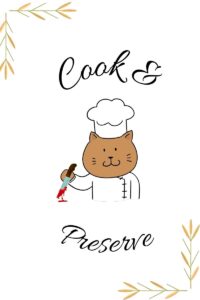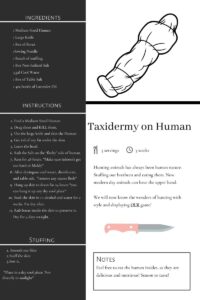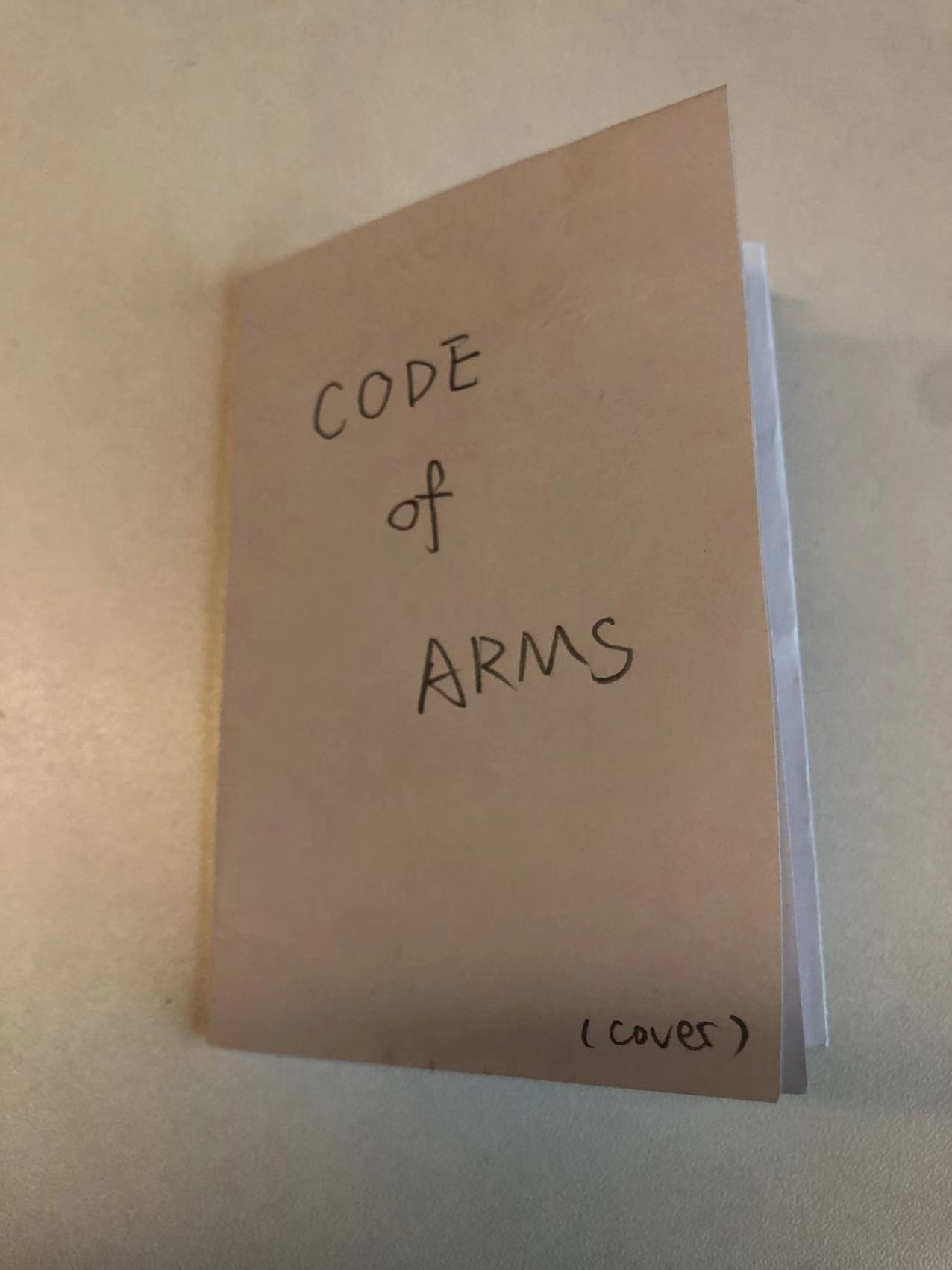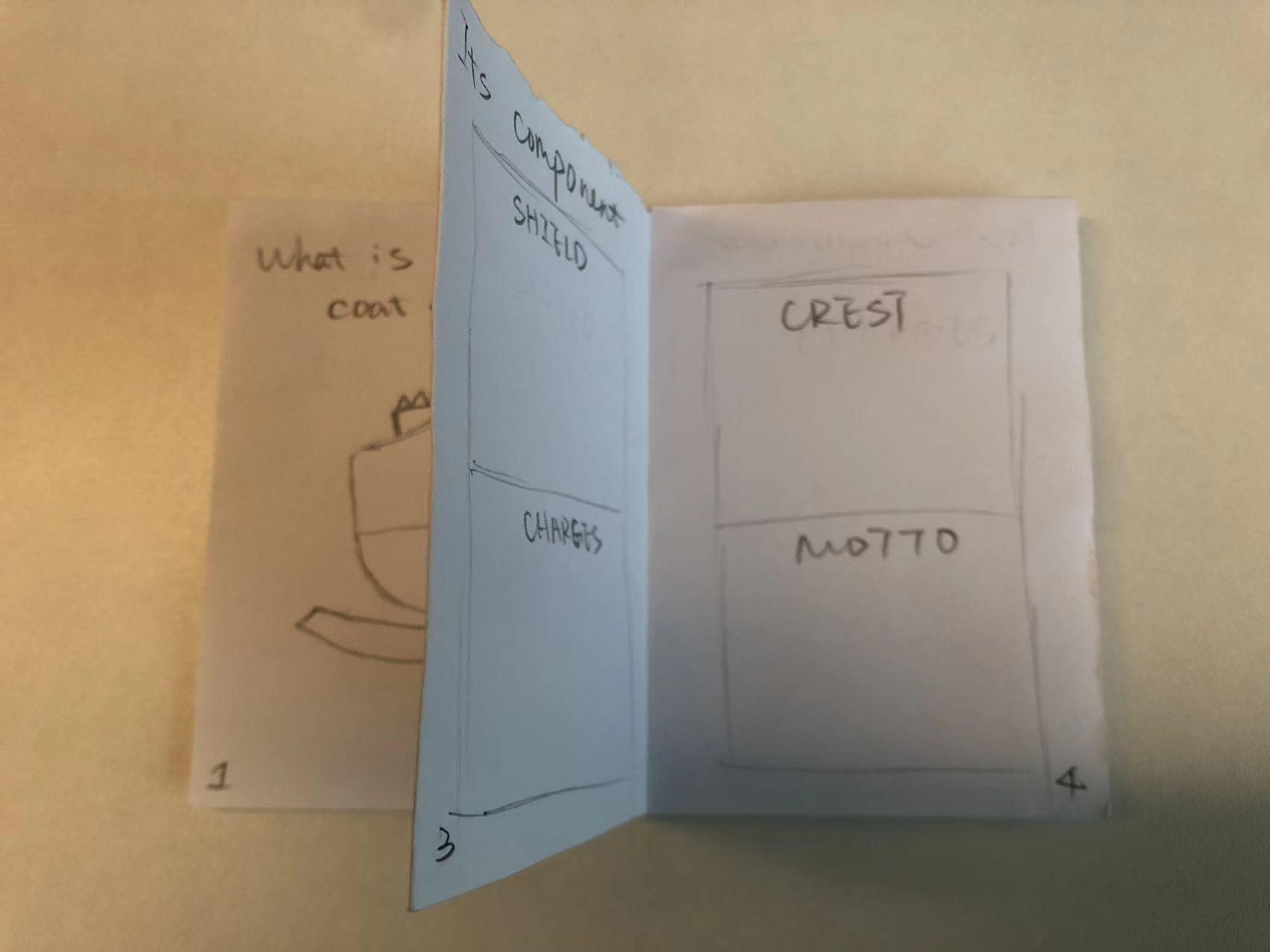Topic 1 Final Reflection – Borders|Canals
What did you learn?
I have worked on research projects and have sat in on user research processes to inform design, but this was the first time I used research to inform a more free-form creative endeavor and leveraged the ideas of metaphor and form in such detail.
What feedback did you receive? Any reflections on the critique itself?
The feedback to flesh out the job descriptions was appreciated and a missed opportunity on my part to make the project more well-rounded.
What might you do differently in terms of process or content?
I feel I had a lot of setup content, and organizing it a bit more through the job descriptions or in additional links would have felt more authentic.
What was inspiring? What parts?
Overall it was inspiring to see the different directions everyone took on their topics. If you would’ve told me five weeks ago that this project on borders would manifest as a careers site, I would not have believed you. Flexing into the different creative processes and seeing the various ways everyone approached different topics was inspriing.
Revisit the assignment prompts: how did your project relate to the original prompts, in terms of critical lens, audience, tone, etc…
I believe I answered on the complexity of the metaphor and form. When considering the audience, again, I think having the information more nested into areas such as job descriptions would have felt more authentic to the audience viewing the page.
How did you balance research and experimentation? Which is easier for you? How can you focus more on the areas that you shy away from
I think building a solid research process helps breed and push experimentation. For me, the research comes easier than the experimentation, but it was through the research that I found the specific thread of “jobs to be done” by canals which led to my idea of creating this careers page. So, I do believe they go hand in hand.













